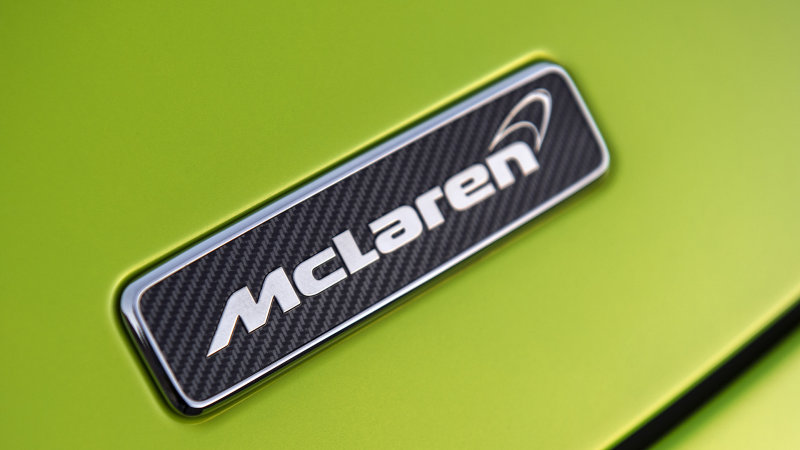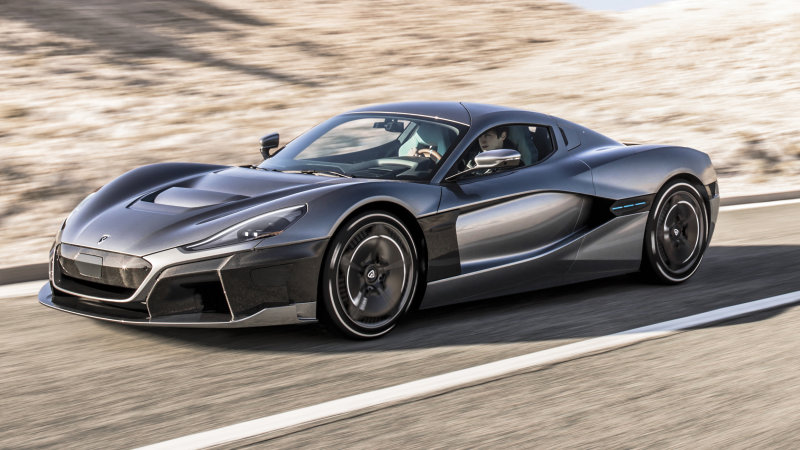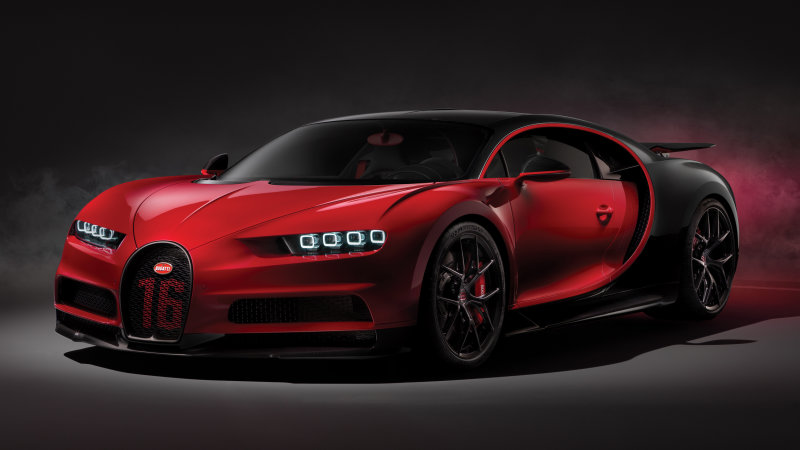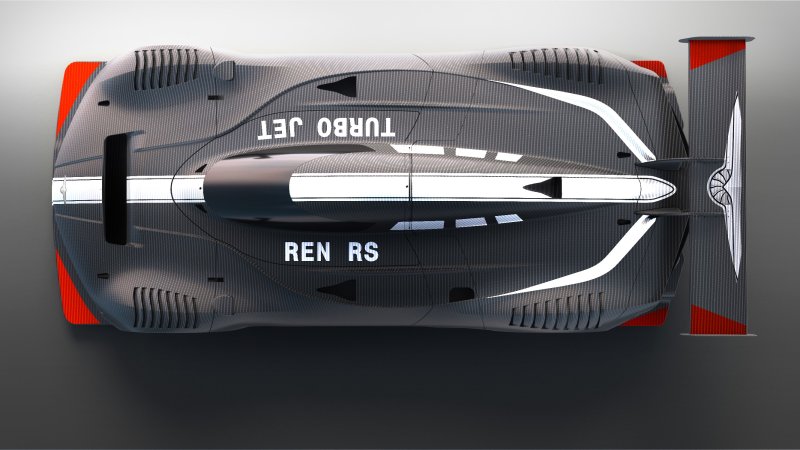McLaren’s MSO makes this 720S supercar even more super
McLaren has brought a special edition of its already stunning and supremely quick 720S supercar to this year’s Geneva Motor Show. Designed by McLaren Special Operations, this one-of-a-kind creation is finished in “Atlantic Blue” paint and comes with a tastefully understated “Saddle Tan” leather interior with contrasting grey stitching.
To drive the point home that this car is unique, McLaren’s press release offers the gentle reminder that “even the floor mats are bespoke.” So, don’t expect to find suitably stylish replacements at your local NAPA auto parts store, ladies and gentlemen.
McLaren’s MSO branch is basically the British automaker’s tailor-made service for its range of performance cars. Oftentimes the creations are true one-offs, entirely commissioned by well-heeled clientele who want their car to stand out from the masses. Not that McLaren creations are exactly clogging up parking lots, but, hey, if you have it then why not flaunt it?
MSO does occasionally build a limited series of vehicles, like the 10 race-inspired 570S sports cars finished in paint jobs similar to the liveries of McLaren F1 GTR race cars from the 1990s.
If you have to ask the price, well, then you probably shouldn’t be shopping for customized McLarens.
The standard McLaren 720S starts at approximately $288,000, putting it right in the middle of the company’s lineup. Considering the owner of the Geneva Motor Show car didn’t specify gold-flake fenders, or an interior constructed out of platinum-plated Lego blocks, it’s safe to assume this car doesn’t streak too ridiculously far into the fiscal stratosphere.
Engine power remains the same. The twin-turbocharged 4.0-liter V8 nestled in the carbon fiber chassis produces 710 horsepower and 568 pound-feet of torque. Punch the gas pedal, and the 720S needs less than 3.0 seconds to sprint from 0 to 60 miles per hour. The top speed is 212 mph.
And did we mention how incredibly fast all this feels in real life? In our review of this ballistic British supercar, Mike Austin summed up just how rapid your first impression will be. “The 720S is so fast that there’s no warming up to it. Almost immediately you’re driving at speeds that, in pretty much any other car would mean imminent calamity.”
He also praised the fact that getting the most out of the 720S demands attention and skill, not just a heavy right foot. “In our world of point-and-shoot supercars,” he summarized, “McLaren made the 720S a true driver’s car.”
So the car is special. And the one at Geneva? Just a little more special.
Related Video:












